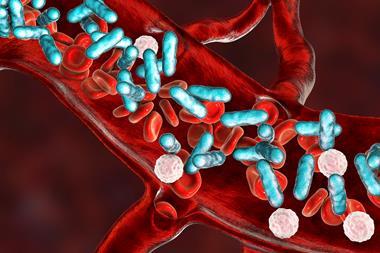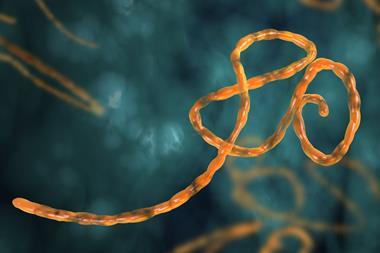Sensor generates results within 20 minutes

Scientists in the US have developed a chip-based sensor that can detect Zika virus in human saliva, quickly, easily and cheaply. The device promises accurate and non-invasive point-of-care screening for the virus.
Primarily transmitted by mosquito bites, Zika can also spread through touching, sexual contact, blood transfusions, and from a pregnant woman to her baby. This last path of transmission is particularly sinister as the virus in known to cause serious neurological and other congenital defects in unborn children. Zika infection is often misdiagnosed as mild dengue fever and many people exhibit only flu-like symptoms or none at all. There is no cure or vaccine, so being able to screen for the virus can help prevent its spread.
Vincent Ricotta and colleagues at The State University of New York at Stony Brook have used molecular imprinting to make an electrode with a smart surface that can specifically recognise and bind Zika virus, producing a measurable electrical response.
They produced a surface with a very precise roughness by controlled deposition of gold onto a silicon wafer. This provided cavities in the surface that were the same size as the virus. Then they co-adsorbed a mixture of the virus and long chain alkanes onto the surface. The alkanes have hydroxyl groups at one end that hydrogen bond to specific sites on the virus, and thiol groups on the other end, which bond to the gold surface. Washing the virus from the surface left the surface cavities effectively coated with Zika’s fingerprint.
These electrodes can then detect Zika in human saliva – if present, the virus enters the cavities and hydrogen-bonds with all of the hydroxyl groups, changing the electrical properties of the electrode. Crucially, the test is specific as only Zika can produce this exact response, allowing quick detection even in asymptomatic patients.
References
This article is free to access until 26 July 2019
V Ricotta et al, Analyst, 2019, DOI: 10.1039/c9an00580c

















No comments yet